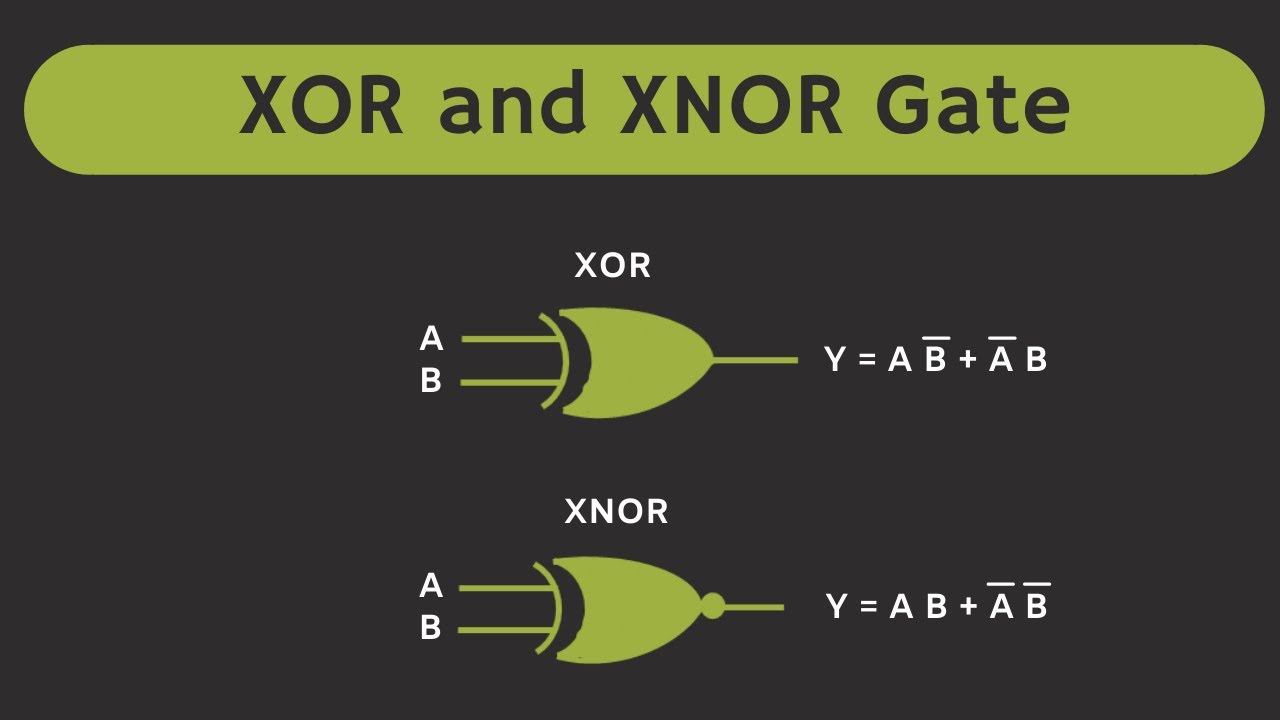XOR Logic Gate is an essential electronic component used in computing and programmable logic. It is an abbreviation for the phrase “exclusive OR” and is a type of digital logic function. The XOR logic gate is a fundamental building block of many digital circuit designs and is commonly found in a variety of integrated circuits and computer chips.
The XOR gate implements a logical function that results in a value of true if one and only one of the two values provided to the gate are true. It is a “comparator” that returns true if the two inputs are different. Put in more basic terms, an XOR gate evaluates the inputs as “A OR B, but not both”. The output of this logic function can either be “true” or “false”.
The XOR gate is often used to achieve an exclusive decision in a coding process (such as in programming a computer), where two or more conditions must be checked. It is a fundamental element of digital circuitry, used in data processing and communication equipment, such as logic circuits and microprocessors. XOR gates play a key role in many programming processes, including distributing signals, designing synchronous circuits, inverting logic levels, and performing arithmetic operations for a computer.
In addition to its useful function in circuits and computers, the XOR logic gate is valuable in computing and cryptography. It can be used to encrypt and decrypt messages or create secure authentication tokens. It is also beneficial for its ability to randomize numbers in order to create unpredictability for the user or hacker attempting to guess numerical patterns commonly used in systems.
XOR logic gate has made a significant contribution to the development of modern computing and has shaped the revolutionary growth of computer technology, from early analog computers to the most advanced modern processors.






